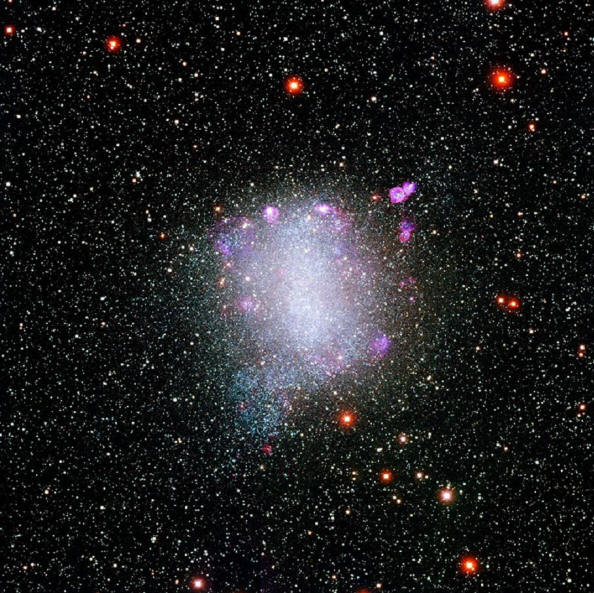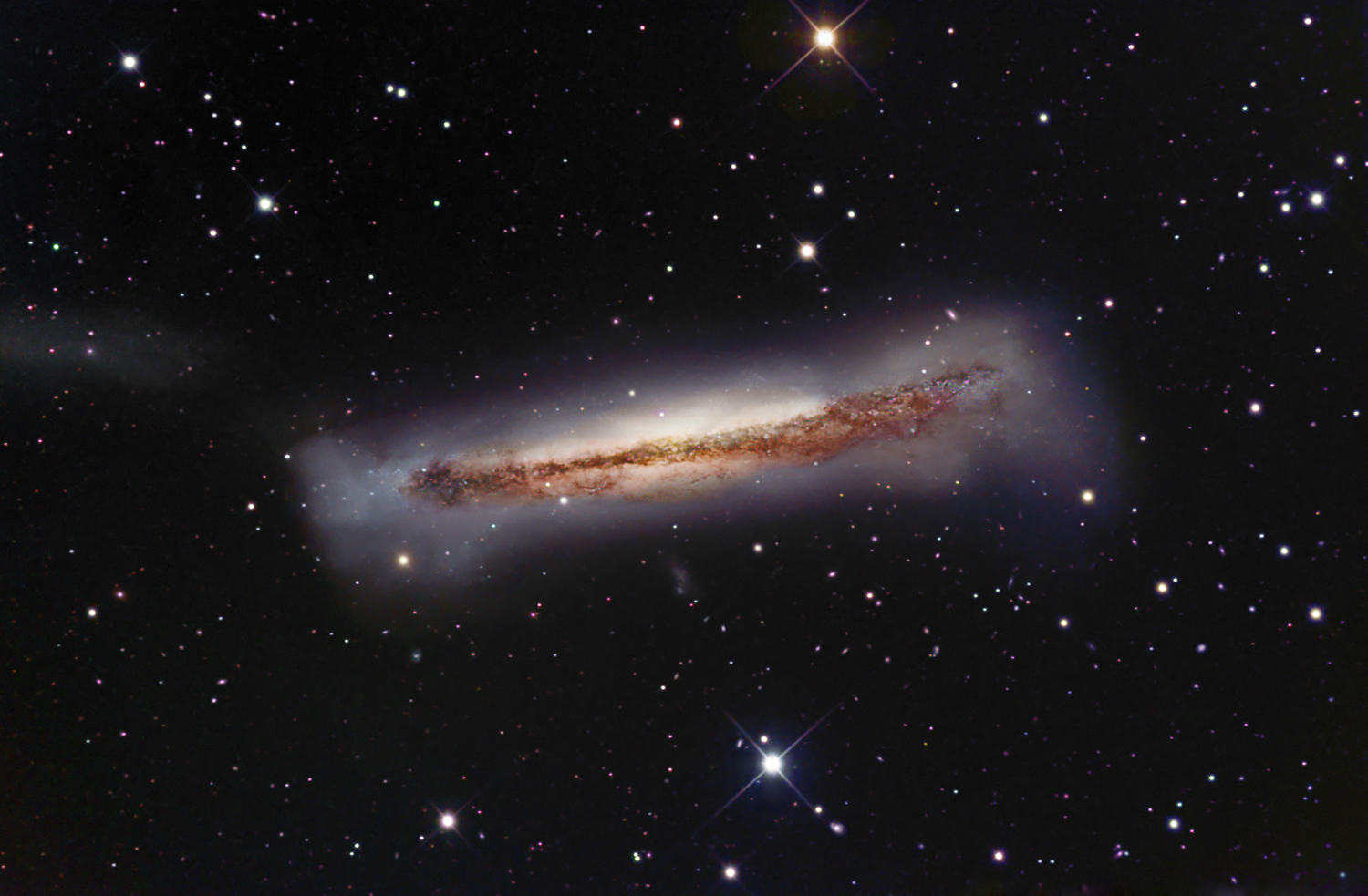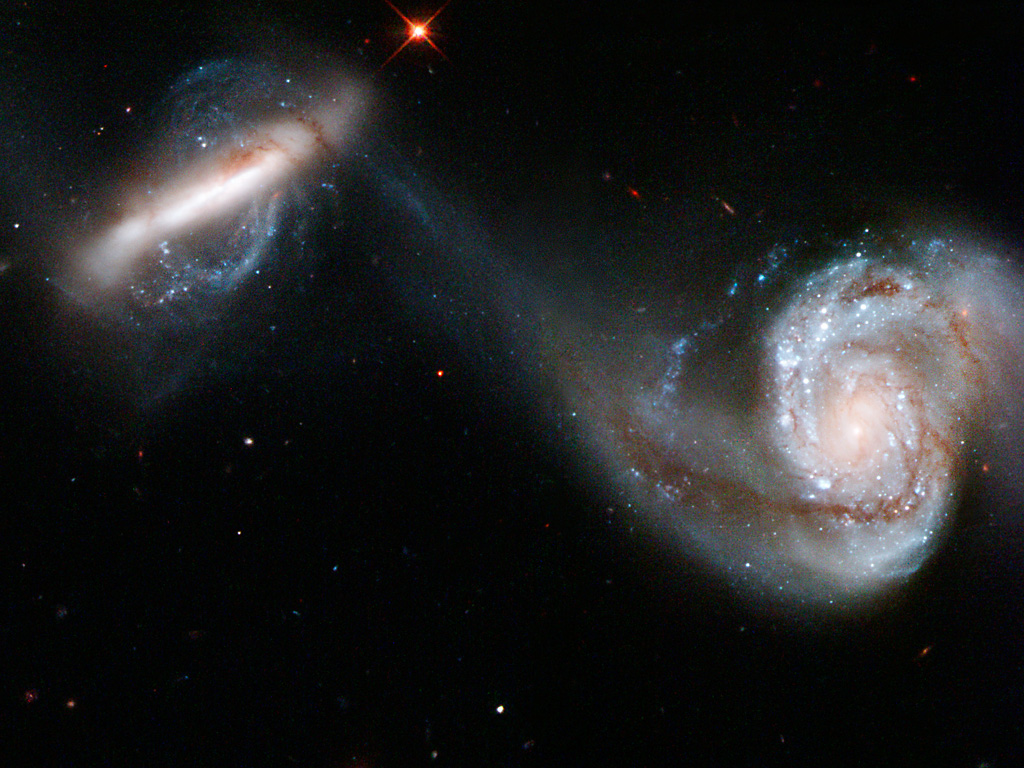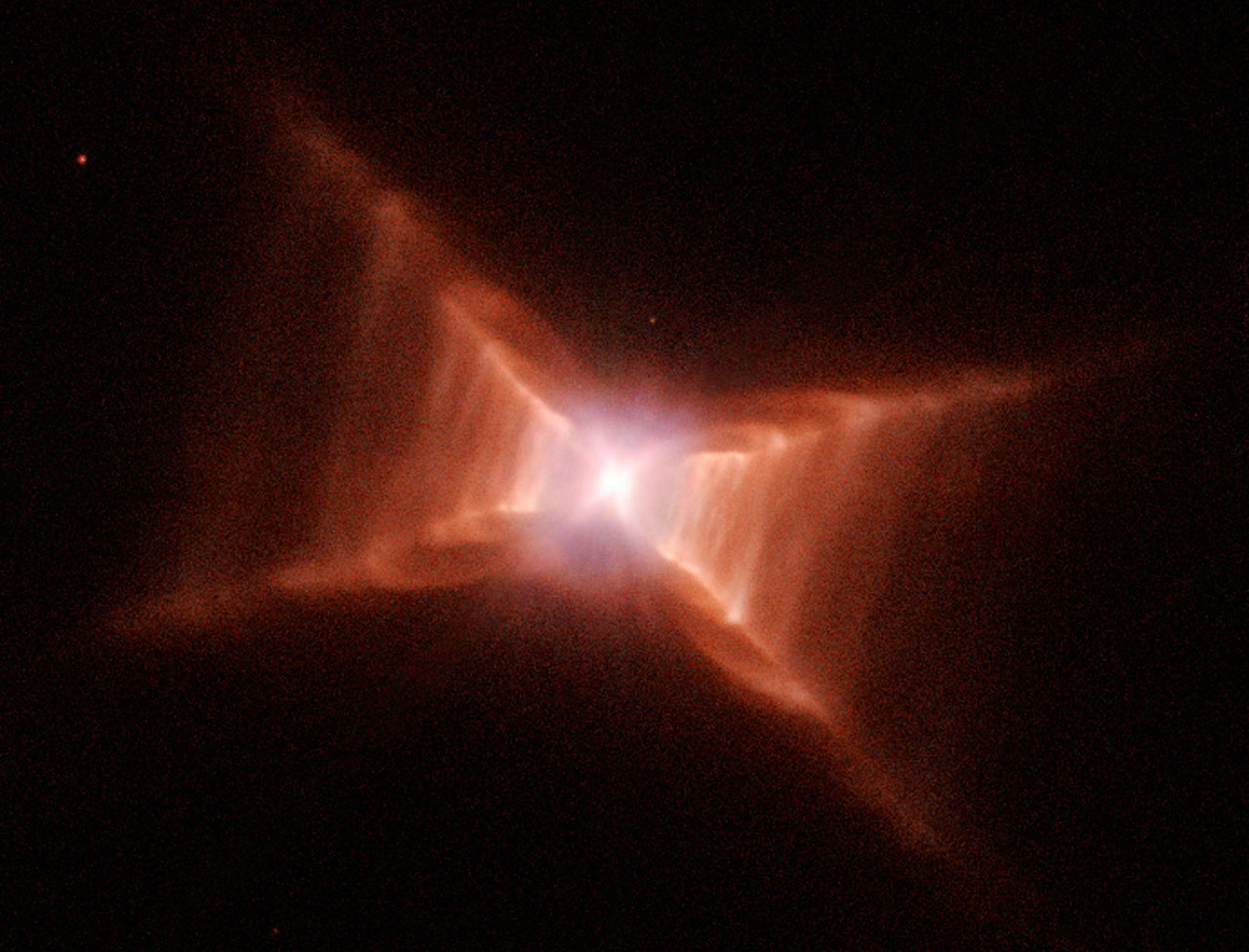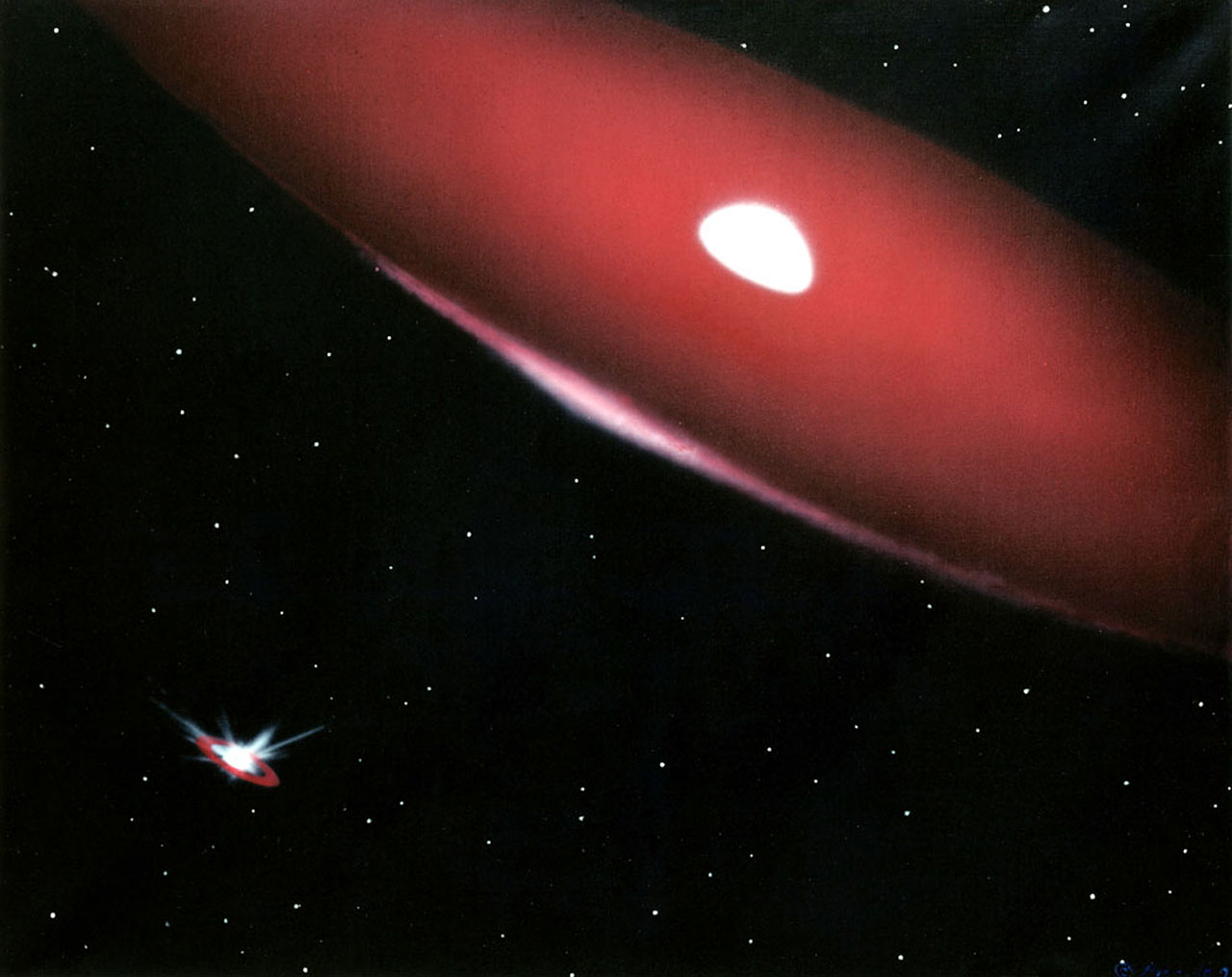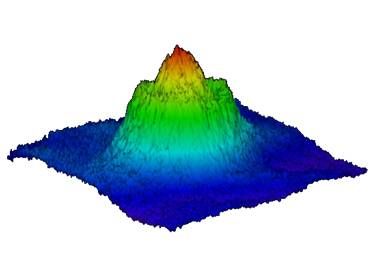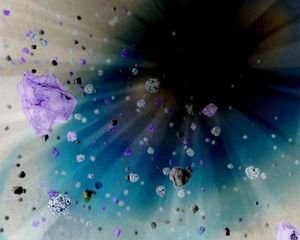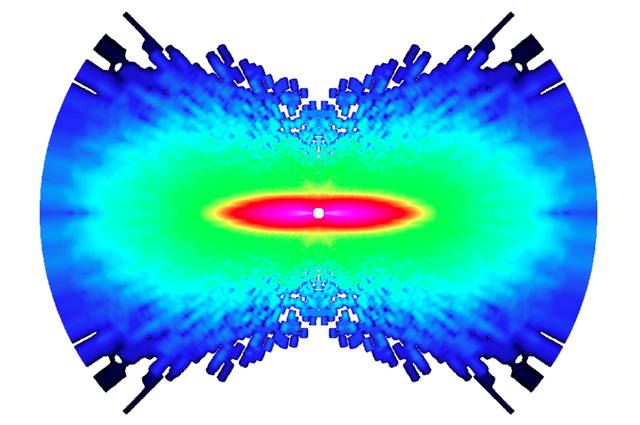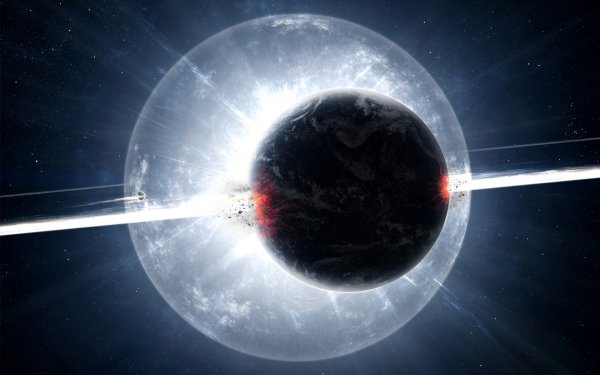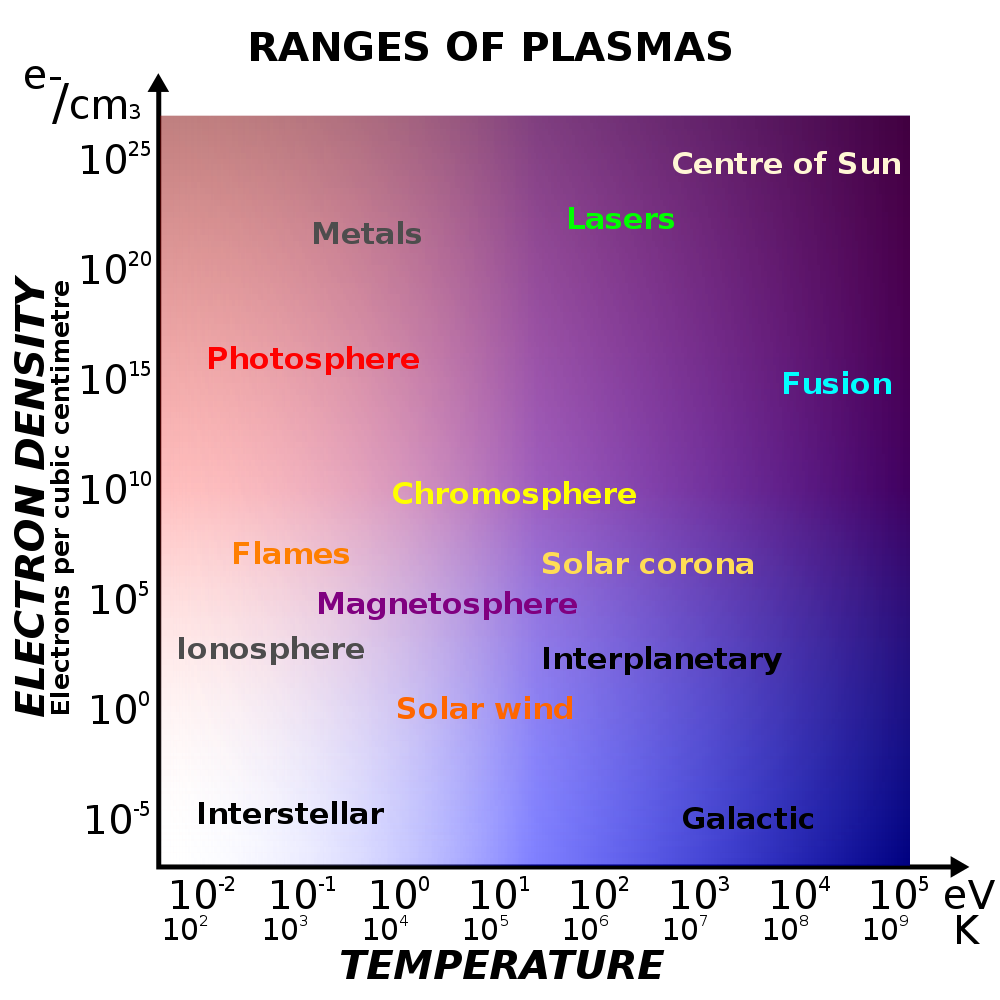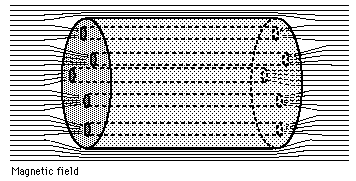Abell 520 galaxy cluster is lacking far too many galaxies to have a real dark matter core. Dark matter scientists strongly believe in the model where a dark matter galaxy cluster core forms by colliding galaxies, and the dark matter is always anchored to galaxies both before and after colliding. Astronomer James Jee of University of California says "this result is a puzzle." "Dark matter is not behaving as predicted, and its not obviously clear what is going on. It is difficult to explain this Hubble telescope observation with the current theories of galaxy formation and dark matter." The dark matter scientists say this is "a result that basically everyone wished would go away." Studies of Abell 520 cast serious doubt on dark matter theories. Andisheh Mahdavi detected far too little galaxies behind the Abell 520 galaxy cluster in 2007, and NASA dismissed the findings, but cannot any longer. Mahdavi stated in 2007 that "there is no way that you could have cold dark matter piling up like this in a region with so few galaxies."
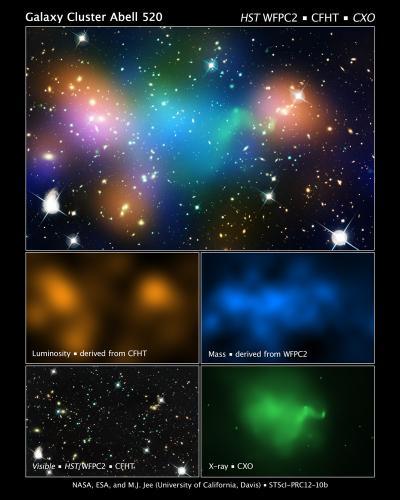
Mahdavi and Jee in "A Study of the Dark Core in Abell 520 wrote "Galaxy clusters form where filaments intersect. The dark core in Abell 520 is coincident with the location of the X-ray luminosity peak but is largely devoid of bright cluster galaxies." A thin narrow filament coincident with P3 is where 11 cluster galaxies could be embedded. The most apparent filament in Abell 520 might be the NE-SW structure traced by galaxies, X-rays, and mass. If another filament associated with Abell 520 is oriented along the LOS, its center should perhaps be near P3 because it corresponds to the approximate center of the large scale structure even with P3 excluded." "Data from 11 spectroscopic redshifts supports the hypothesis that a fortuitous superposition of a LOS line of sight filament is located near the dark core." "A thin filament coincident with the dark core might explain the gravitational lensing of such a peculiar substructure,
the current supporting data (only 11 spectroscopic redshifts) does not provide sufficient statistics to convince us of the presence of such a thin, but long filament near the core." It is a shame for science to reach this conclusion by citing insufficient statistics, ignoring their very own evidence. They do not want to discredit currently popular and wrong dark matter theories and ruin their reputation for making money.
Abell 520 "dark matter" core may be associated with a filament aligned with the direction of observation and not be at the center of the galaxy cluster states Wikipedia on Abell 520. This rare observational line of sight alignment looking nearly straight through a vast long cosmic filament in Abell 520 casts extremely serious doubts on the current interpretation of the gravitational lens, and the need for any dark matter. All galaxy clusters presumed to have a dark matter core should appear devoid of galaxies when viewed through these connecting filaments. Cosmic filaments are known to connect together galaxies. There is no longer the need whatsoever to attach dark matter components to filaments.
 |
| Abell 520 |


